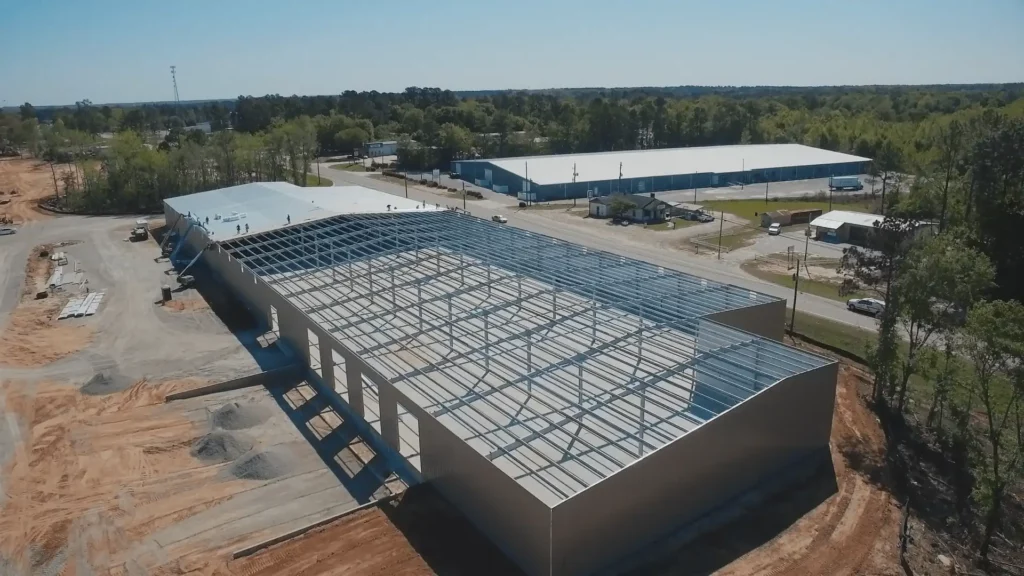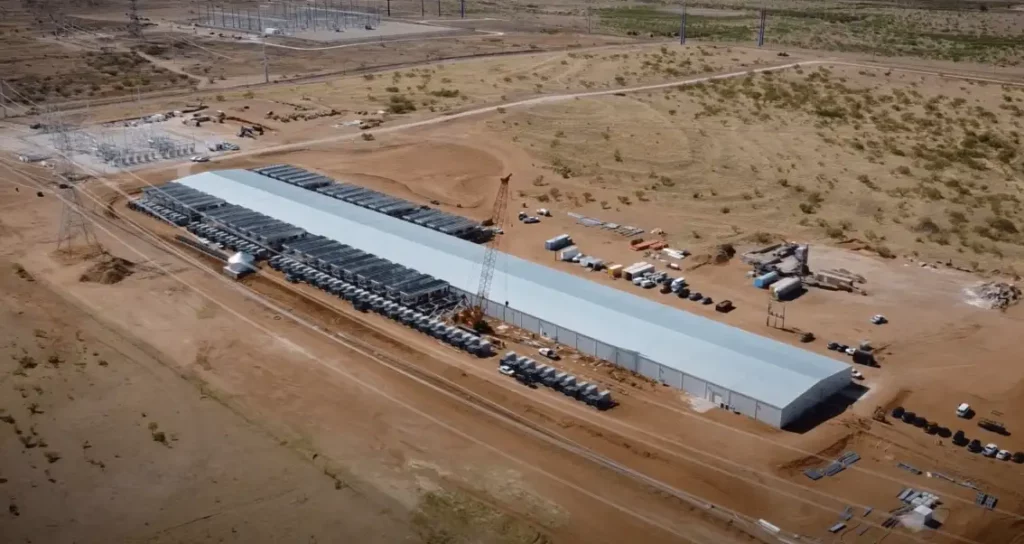PEMB data centers. Consider every internet activity you do: clicking on a YouTube video, sharing pictures of your vacation with your Facebook friends, online banking, Skype with your family in the evening, or running complex simulations on your computer. There is a high chance that your data was processed in a data centre. No other technological development of the past centuries had such an impact on our daily lives, or will have such a significant impact on the future of our global civilisation. Data centres are playing an increasingly significant role in human society today, and the reason is simple: the digital age needs them.

A data centre comprises servers, storage systems, network equipment, and building infrastructure such as cooling and power management systems, all sitting within a physical space. This space is designed to be resilient, meaning that it must meet certain uptime guarantees; in other words, it cannot have any downtime. To accomplish this, data centres typically have redundant systems in place: for example, in case of a power outage or network disruption, or a hardware failure of any kind. Due in large part to their highly regulated settings, modern data centres are often sprawling complexes that run 24/7 and consume large amounts of energy to ensure consistent uptime.
The Challenges of Traditional Data Center Construction
It’s not easy to build a data centre. Historically, concrete and steel have been the go-to engineering materials used to create data centre space, accommodating the racks of servers, ventilating and cooling the hot machines, and isolating them from power surges and other electrical fluctuations. All of this could take years and several million dollars. Once a business had a data centre installed, it had to plan years in advance for more space, as data quantities exploded.
In addition to the hefty capital expenditures associated with legacy data centre construction, large floor plates in hard-wall, stick-built buildings designed for static microcode-based systems were subject to significant lead times. Additionally, their rigid floor plans made them inflexible, and expensive to retrofit or expand as technology evolved. When an enterprise business needed to scale its operations or adopt new systems, it often faced the difficult choice of decoupling workloads from one another in order to accommodate an existing facility. Scalability was severely restricted as organisations faced a dilemma between undertaking a costly ‘rip and replace’ renovation or building new facilities entirely.
Introduction to PEMB, Pre-Engineered Metal Buildings
The rise of Pre-Engineered Metal Buildings (PEMB) is one of the most revolutionary aspects of not only the construction industry, but many other industries as well. These buildings are designed offsite, allowed to be fabricated without disturbance in a controlled temporary environment, and then trucked to site and assembled. This process saves so much time, cost and labor that has normally gone into construction projects we are all accustomed to.
The PEMB structure has the advantage that it is constructed from pre-cut, pre-drilled and pre-welded high-quality steel components, and so it is possible to prefabricate a module at the factory ready for assembly on site with all the parts fitting accurately together. This significantly increases efficiency and reduces construction time. By comparison, concrete structures are rigid in that they cannot easily be modified or extended to meet changing needs.
Besides the cost savings and speed of erection of PEMB, with which their success has undoubtedly been related, the buildings are also highly adaptable. Designers can build data centres to the technical specifications of their business. For example, PEMB can be designed around particular cooling systems, the large server racks, or the airflow needs of data centres, to name just a few benefits.
How PEMB Can Be Used for Data Centers
In turn, this means that data-centre design has special requirements – and PEMB is typically well-suited to these requirements. A major benefit of PEMB for data-centre construction is speed. Because the main steel components of the building are pre-fabricated, the construction timeline for a PEMB-based build is dramatically shorter. In an industry in which time to market is everything, this can be a game-changer. Data-centre operators can move into facilities in a matter of months, when a steel-and-concrete structure could take years.

A further benefit is the flexibility of PEMB. Data centre footprints grow very rapidly, as the storage and processing of data increases. PEMB structures can easily be expanded by adding an additional bay or module, if the reality doesn’t match up to the business plan, making it simple to scale the facility as the requirements dictate. It is a perfect solution for future-proofing investment, as data centre operators can accommodate new technologies and equipment, without the need for costly rebuilds.
PEMB is also a natural choice when it comes to controlling the environment within a data centre. The proper management of temperature and humidity is critical for a data centre as these factors impact the effectiveness of a server’s ability to compute. A data centre that is too warm or too humid won’t function as intended, and may lead to costly downtime and the risk of data getting lost. PEMB lends itself to easy integration with high-end HVAC design and engineering, as a steel frame provides the necessary support for proper insulation, which in turn enables consistent internal environmental conditions. An added benefit is that PEMB’s durability means the structure itself will last the distance, requiring little to no maintenance over its lifetime.
Security is another important issue for data centres, and PEMB can be designed to meet even the strictest security codes. A steel structure is resistant to fire, as well as wind and seismic activity, and is far more impenetrable to intruders than older buildings. PEMB designs allow for additional security features, too, such as even more fortified entry points, secure server rooms, and intricate surveillance systems.
Perhaps the most compelling aspect of PEMB is its cost savings: labor costs are reduced, construction times are shorter, and most of the components can be pre-fabricated, all of which leads to a lower overall cost. Because a company can spend less on the building and more on critical infrastructure such as power and cooling, this can be a game-changer.
The Role of PEMB in Edge & Micro Data Centers
Amid the growing need for processing ever-larger amounts of data, companies are seeking to expand their data centre estates not only on a large scale but also at the edge, through micro data centres that are installed close to users. This allows for faster data processing and lower latency, important for applications such as streaming, online gaming and real-time analytics.
PEMB is particularly suited for edge data centres, which depend on scalability and portability. Edge facilities are often smaller than their large-scale counterparts, and need to come online quickly – whether in remote locations with a short construction season, or in an urban area where floorspace can be at a premium. The modular nature of PEMB makes it particularly well-suited to these micro data centres, allowing companies to essentially roll out infrastructure in a fraction of the time that it would take for traditional construction.
This flexibility makes PEMB a great option for edge computing needs, allowing data centres to be tailored to the specific workloads and capacity requirements. Plus, PEMB allows for flexibility in expansion or relocation if the need arises. Since edge data centres tend to be smaller than their hyperscale data center counterparts, this feature is particularly advantageous. While larger data centres can make use of steel and concrete, generally speaking, the design flexibility of PEMB makes it a great choice for site adaptation.
The Future of PEMB Data Centers
As the amount of data increases exponentially, so does the need for flexible, scalable and inexpensive data centre solutions. PEMB is the ideal solution for a variety of data centre designs, which require speed, flexibility and robustness. Whether for edge computing applications, micro data centres or large data centre campuses, PEMBs offer unlimited solution possibilities to satisfy the technological and operational challenges of digitisation.
In short, PEMB is the glue that will bind data centres of tomorrow to a foundation for innovation, speed and sustainability for data infrastructure. As the need for efficiency, scalability and security grows within corporate data centres, so too will the importance of PEMB.

 Subscribe to our channel
Subscribe to our channel